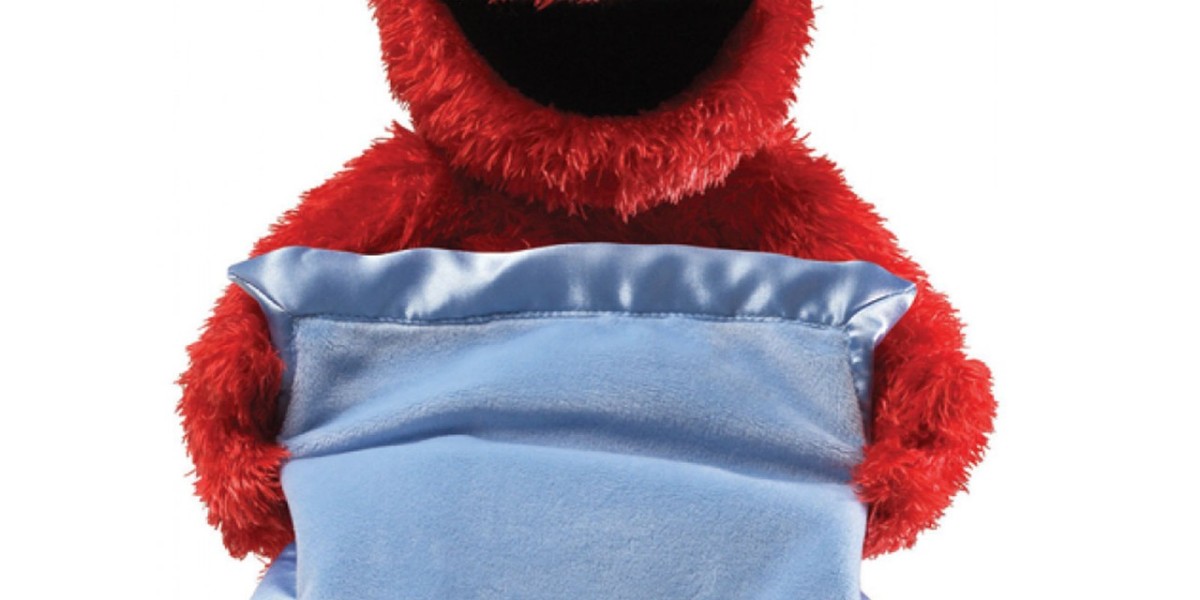Introduction
peek a boo toys have captivated the hearts of children and parents alike for generations. These playful, interactive toys provide endless entertainment while also playing a vital role in a child's cognitive, emotional, and social development. Peek-a-boo toys are more than just a source of laughter; they help lay the foundation for various essential skills in a fun and engaging way. In this article, we will delve into the fascinating world of peek-a-boo toys, exploring their history, benefits, different types, and their significance in early childhood development.
The History of Peek-a-Boo
The game of peek-a-boo has roots that trace back centuries and is a universal activity enjoyed by children across cultures. The simple act of hiding one's face and then revealing it to a child has always elicited smiles, laughter, and squeals of delight. Peek-a-boo toys take this traditional game to the next level by incorporating clever designs and features that enhance the surprise and excitement.
The popularity of peek-a-boo toys began to rise during the 20th century when toymakers started creating interactive toys specifically designed to mimic the act of peek-a-boo. These toys were designed to appeal to a child's natural curiosity and joy in the element of surprise, fostering their innate desire to explore and engage with their environment.
The Benefits of Peek-a-Boo Toys for Children
Peek-a-boo toys do more than just entertain; they also play a crucial role in a child's early development. Here are some of the key benefits:
1. Cognitive Development
Peek-a-boo toys help develop a child's cognitive abilities by stimulating their brain and encouraging them to think, anticipate, and predict outcomes. When a toy suddenly appears or disappears, children learn the concept of object permanence — the understanding that objects continue to exist even when they are out of sight. This is a fundamental cognitive milestone that typically develops in babies between 6 to 12 months of age.
2. Emotional Bonding
Playing with peek-a-boo toys fosters a strong emotional bond between the child and the caregiver. The laughter, eye contact, and interaction that occur during playtime create a sense of security and trust. The game helps children understand emotions and develop a sense of joy and comfort in their relationships with loved ones.
3. Language Development
Peek-a-boo toys often include simple phrases, sounds, and music that encourage language development. Repetitive words like "peek-a-boo!" or "I see you!" introduce babies to language patterns, which help build their vocabulary and comprehension skills. As children begin to associate words with actions, they become more adept at communicating and expressing themselves.
4. Fine and Gross Motor Skills
Many peek-a-boo toys involve movements that require children to use their hands or bodies. Whether it's lifting a flap, pressing a button, or shaking a toy, these actions help strengthen their fine and gross motor skills. Activities that involve coordination and control improve hand-eye coordination and promote physical development.
5. Social Skills
Peek-a-boo is a social game at its core. It teaches children about social cues, facial expressions, and the art of taking turns. Playing with peek-a-boo toys helps children learn how to engage with others, respond to their reactions, and develop empathy. It sets the foundation for positive social interactions and teamwork as they grow older.
Different Types of Peek-a-Boo Toys
Peek-a-boo toys come in a wide variety of designs, each offering unique features that cater to a child's interests and developmental needs. Here are some of the most popular types:
1. Soft Peek-a-Boo Plush Toys
Soft plush toys are a favorite among young children. These cuddly companions often have movable arms or hands that cover their eyes and then uncover them in a game of peek-a-boo. They are designed to be gentle and safe for babies, providing comfort and joy during playtime. Some plush toys also play cheerful tunes or speak phrases that enhance the interactive experience.
2. Interactive Peek-a-Boo Books
Peek-a-boo books are a fantastic way to combine storytelling with play. These books usually have flaps that children can lift to reveal hidden images or characters. They encourage kids to explore and engage with the story, enhancing their reading skills and sparking their imagination. The colorful illustrations and interactive elements make reading a fun and exciting adventure.
3. Electronic Peek-a-Boo Toys
Electronic peek-a-boo toys are designed to captivate children with lights, sounds, and movement. These toys often feature characters that pop up or doors that open when a button is pressed. The sensory stimulation provided by these toys helps engage a child's attention and keeps them entertained while also encouraging them to explore cause-and-effect relationships.
4. Classic Jack-in-the-Box
The Jack-in-the-Box is a timeless peek-a-boo toy that has delighted children for generations. The anticipation builds as children turn the handle, listening to the cheerful melody play, until suddenly — pop! — out jumps the Jack. This classic toy is a great way to introduce young children to the joy of surprise and suspense in a playful and safe way.
5. Peek-a-Boo Activity Centers
Peek-a-boo activity centers are designed to engage children with a variety of interactive elements. They often include different textures, buttons, levers, and mirrors that encourage exploration and discovery. These activity centers are perfect for toddlers who are curious about the world around them and enjoy manipulating objects to see how they work.
How to Choose the Best Peek-a-Boo Toy for Your Child
Selecting the right peek-a-boo toy for your child depends on their age, interests, and developmental stage. Here are some tips to help you make the best choice:
1. Age Appropriateness
Choose a toy that is suitable for your child's age and development level. For infants, soft plush toys or simple flap books are ideal, while toddlers may enjoy more interactive electronic toys or activity centers.
2. Safety
Ensure that the toy is made from non-toxic materials and has no small parts that could pose a choking hazard. Look for toys that are durable and designed to withstand rough play, as young children tend to be quite hands-on.
3. Interactivity
The more interactive the toy, the more engaged your child will be. Look for toys that offer a variety of features, such as lights, sounds, and movements, to keep your child entertained and stimulate their senses.
4. Educational Value
Peek-a-boo toys that promote learning and development are a great investment. Consider toys that help develop cognitive, motor, language, and social skills while still being fun and engaging for your child.
The Role of Peek-a-Boo Toys in Early Childhood Education
Peek-a-boo toys are not just for entertainment; they also play a vital role in early childhood education. Educators and caregivers often use these toys to teach children about object permanence, enhance their problem-solving abilities, and encourage creative play. The repetitive nature of the game helps reinforce learning concepts, making it an effective tool in educational settings.
Why Peek-a-Boo Toys Are Loved by Parents and Children Alike
The enduring appeal of peek-a-boo toys lies in their simplicity and effectiveness in creating joyful moments between children and their caregivers. These toys foster a sense of connection and shared laughter, which is invaluable during the early years of a child's life. They provide a wonderful opportunity for parents to bond with their children, creating memories that last a lifetime.
Our product list:
Conclusion
Peek-a-boo toys are much more than just playthings; they are tools for growth, learning, and connection. From developing cognitive skills and motor abilities to enhancing social interactions and emotional bonds, these toys play a crucial role in a child's development. Whether it's a soft plush toy, an interactive book, or a classic Jack-in-the-Box, peek-a-boo toys bring joy and learning together in the most delightful way. Investing in these toys is an investment in your child's happiness, creativity, and overall development, ensuring they grow into curious, confident, and connected individuals.








